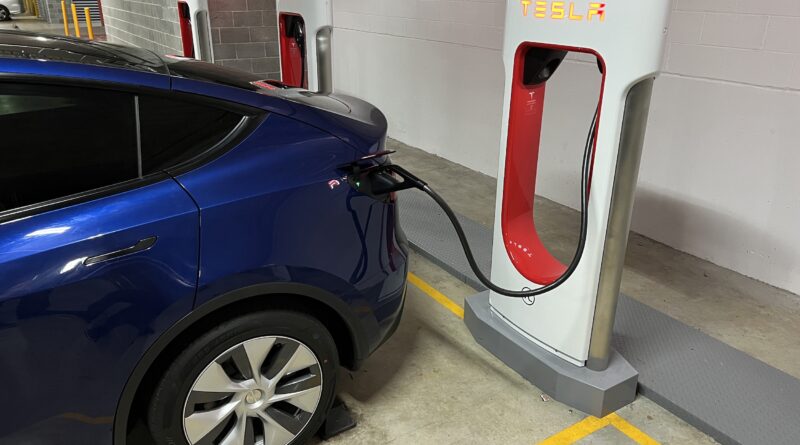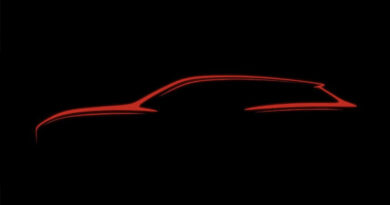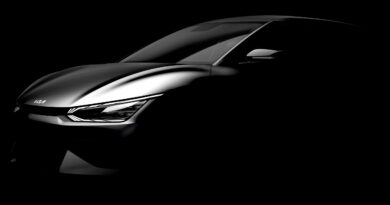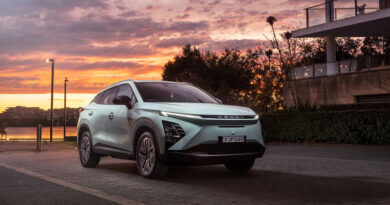Solving EV’s most annoying problem: Tesla Supercharger network to start charging owners more for those who charge above 90 per cent at peak times in USA
Tesla has announced that it is introducing a new Supercharger Congestion Fee for owners who continue to top up their cars beyond 90 per cent at busy charging locations.
The new penalty charge is being trialled in the US and is said to replace the current Idle Fee that is charged when owners leave their vehicle parked once it is fully topped up.
According to reports, the Supercharger Congestion Fee will see owners charged $1 ($A1.50) every minute a vehicle remains plugged in at a busy Supercharger once the battery has been replenished above 90 per cent.
The new fees are said to apply to all owners including those who have free Supercharging.
Tesla has not defined when the new penalty charge will be implemented and said it could occur even if there are available charging bays. There’s also no limit to how big the congestion fee can be, so those who plug-in and go shopping who don’t remotely monitor their car could be in for a big shock.
Notifying the owner that the penalty charge is about to be applied, the US car-maker will send warning messages via the Tesla app that announced the higher rate will be levied. As well as the warning, the car maker provides a five-minute grace period to disconnect their vehicle.
It’s thought the move will encourage more responsible charging practices where owners only top up their car’s battery for the range they need to complete their journey.
It’s not known when the new Supercharger Congestion Fee will be rolled out in Australia.
Currently the Idle Fee Down Under is charged at 50c per minute or $1 per minute when all nearby Superchargers are occupied.
Originally, the US car-maker announced that when its Supercharger locations were busy it would limit all vehicle charging to 80 per cent but owners were quick to realise that they could manually override the artificial limit using the car’s touchscreen with a high number continuing to wait until the car the car was fully charged up to 100 per cent even at times of high demand and big queues.
In the US and Europe congestion at chargers is a growing problem as the infrastructure struggles to keep pace with the ramping up of the number of EVs. Following Tesla’s decision to open up its Supercharger network to other brands it’s thought that congestion will continue to be a growing issue globally.




